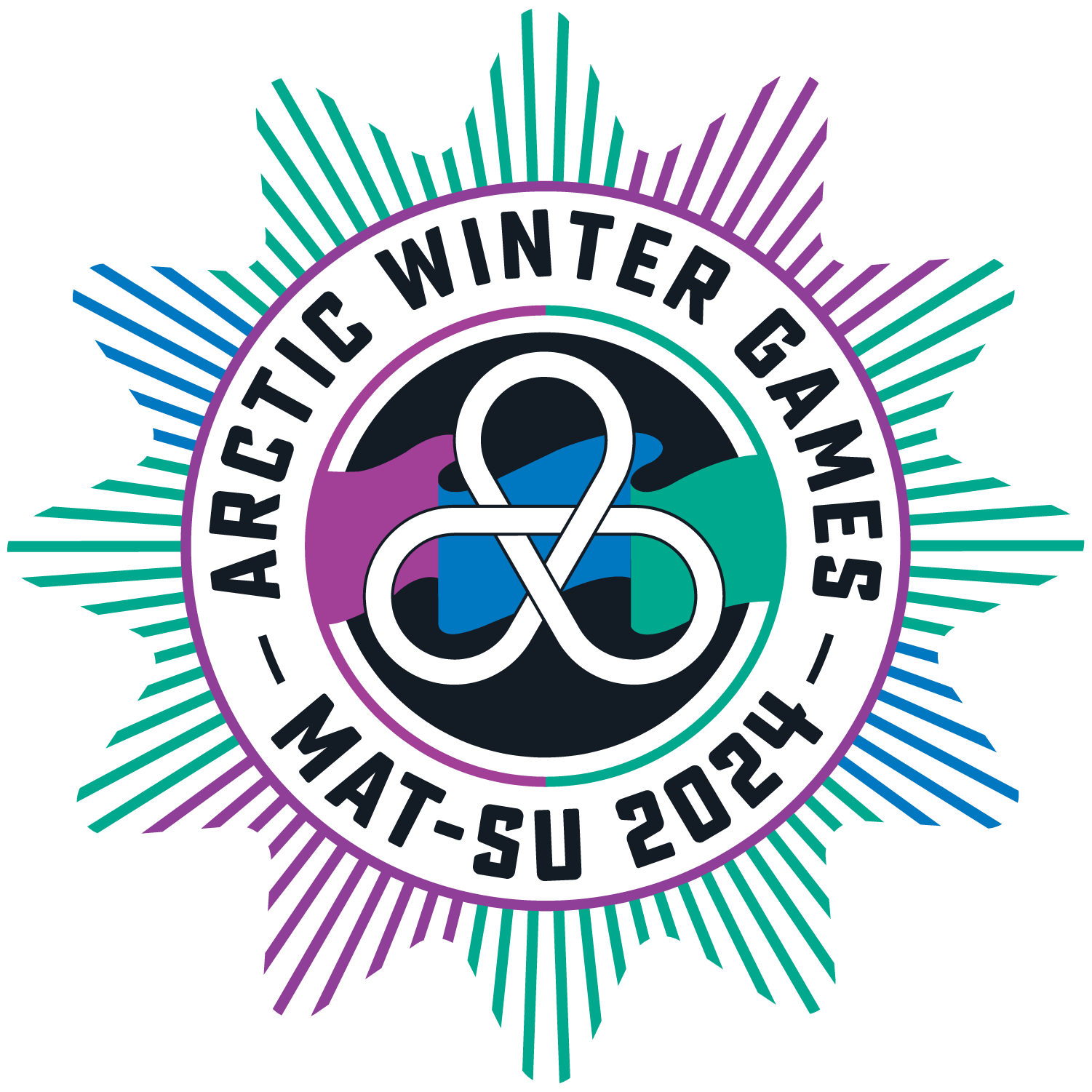Athletes, Coaches, and Spectators Make Tuesday’s Snowsnake Competition a Communal Experience
- Andrea Hackbarth & Krysta Voskowsky
- Mar 13, 2024
- 3 min read
“You can think of it as underhand javelin.” Jasper Charlie, 15, of Team Yukon explained the basics of Snowsnake, a traditional Dené game, as he devoured a cracker heaped with smoked salmon dip at last night’s Traditional Feast. “I wanted to win so badly! I came in fifth today.” Enthusiastically diving into his bowl of Moose Steak Salad next, he blurted out between bites, “that’s okay, though. She won gold!” Charlie pointed to his teammate across the table. Myra Kendi, 16, held up her shining 2024 golden ulu that still hung around her neck, simply beaming.
Snow Snake, on its surface, seems like a simple game. Players try to throw a long stick as far as they can, sliding it across a flat sheet of snow and ice. However, after spending the day watching a wide variety of athletes compete in this event, it’s more accurate to say that winning the gold in Snow Snake is a much more complex challenge than it might seem.
Snowsnake is a traditional game that is rumored to derive from practicing the skills needed to effectively hunt small game animals in the circumpolar north. However, many of the coaches and officials at the event held outside of Palmer Junior Middle School today described Snowsnake as a demonstration of caribou hunting skills. One Yukon coach explained that traditionally hunters throw the first spear underhand, aiming low to injure a caribou’s legs, making it easier to follow up and complete the kill. These traditional origins were apparent at the Dené Games today as coaches, officials, and contestants joked with each other about how many caribou each one would have taken down with their throws if this were a real-life hunting scenario.
In modern Snowsnake competitions, the game is played not with a spear, but with a stick (usually carved from Ash) measuring about four feet long, one inch in diameter, and pointed at one end. For the Arctic Winter Games, the teams’ coaches met together to choose sticks for the competition, one for male and one for female contestants. During today’s competition, each athlete had three attempts to launch their stick down a flat, straight track of packed snow, about ten feet wide and 400 feet long. Banked sides keep the stick on track—well, most of the time, anyway. Spectators were reminded to keep their eyes on the track and be mindful of standing too close, so as not to wind up like an unfortunate caribou.
Snowsnake rules require that the stick be thrown underhand, starting from below the hip. Team Alaska coach, Kunaq Tahbone, explained some of the finer points of good snowsnake technique. According to Tahbone, it’s important to find the right point of balance on the stick, with most athletes choosing to hold the stick at a spot near the center. The stick should be released at just the right moment, just above the snow and aimed just right, so it successfully glides straight down the track– no jumping or bouncing.
Athletes competed in four divisions today: Open Male, Open Female, U18 Male, and U18 Female. In addition to the competition track, another practice track was active today, where athletes could be seen practicing their throws, and helping teach the game to others, including spectators of all ages.
“Dené Games and Arctic Sports are the backbone of the Arctic Winter Games.” Coach Tahbone said Tuesday. Nowhere was this more evident than in the community spirit shown by the athletes encouraging one another and helping newcomers learn their game.
